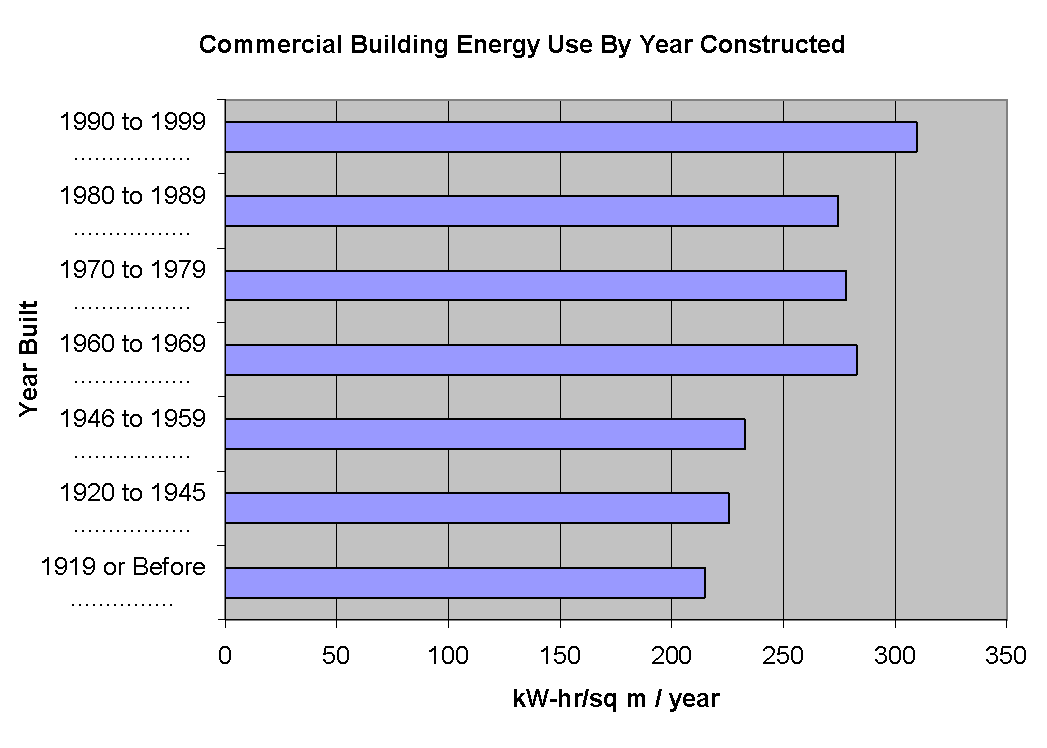Modern buildings are complex systems comprised of a vast number of different materials and products assembled on the building site (in fact, the average school contains more individual parts than an airliner). The quality of the design, manufacture and construction of different building sub-systems and their interactions will determine how well a building fulfills the needs of the users and how much of an environmental burden it places on the world.
Unfortunately, a large proportion of all buildings, both new and old, are deficient or inefficient in a variety of ways, including durability, utility, appearance, affordability, energy use, occupant health, safety, and productivity. Recent estimates place the costs of building deterioration in the billions of dollars per annum. Although difficult to measure, the extra cleaning, maintenance, and health costs (estimated at $200 billion (US.) per year in the US.) due to poorly functioning buildings is likely several times greater. The topics listed at the side pertain to a specific building problems with which BEG has experience.
As an example of the poor performance of buildings, consider a relatively simple measure: energy consumption. The plot presented below compares the annual energy consumption in kWhr/square meter, of commercial buildings for a range of different building ages. It is clear that our building are using more energy, not less. Many other measures (health, durability, cost) exhibit the same disturbing trend.

The best method of achieving high (or acceptable) performance buildings at a reasonable cost is through systems engineering. Instead of optimizing the design of each building sub-system (e.g., the floor system or the window unit) as is current practise, systems engineering designs for the overall system optimum. This may mean that the enclosure sub-system is designed to provide a higher performance than is "optimal", but because the high performance enclosure allows for a major reduction in heating system cost, the total building costs less, uses less energy, is more comfortable and more durable. Similar analysis and design is applied to lighting, ventilation, structure, etc.
This approach to design is also used to produce more sustainable buildings at lower cost than present practise. There are many obstacles to the wider use of systems engineering, namely poor designer education, insufficient design fees, owner ignorance of short term (under 2 yr) paybacks, etc. More information on this approach to housing can be found at Building Science Corporation and for commercial buildings at whole buildings report.